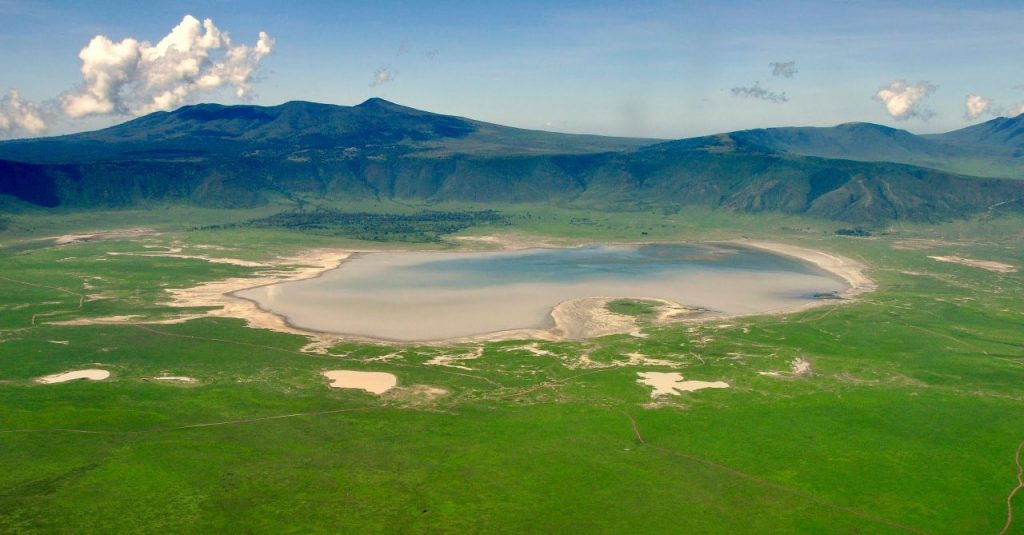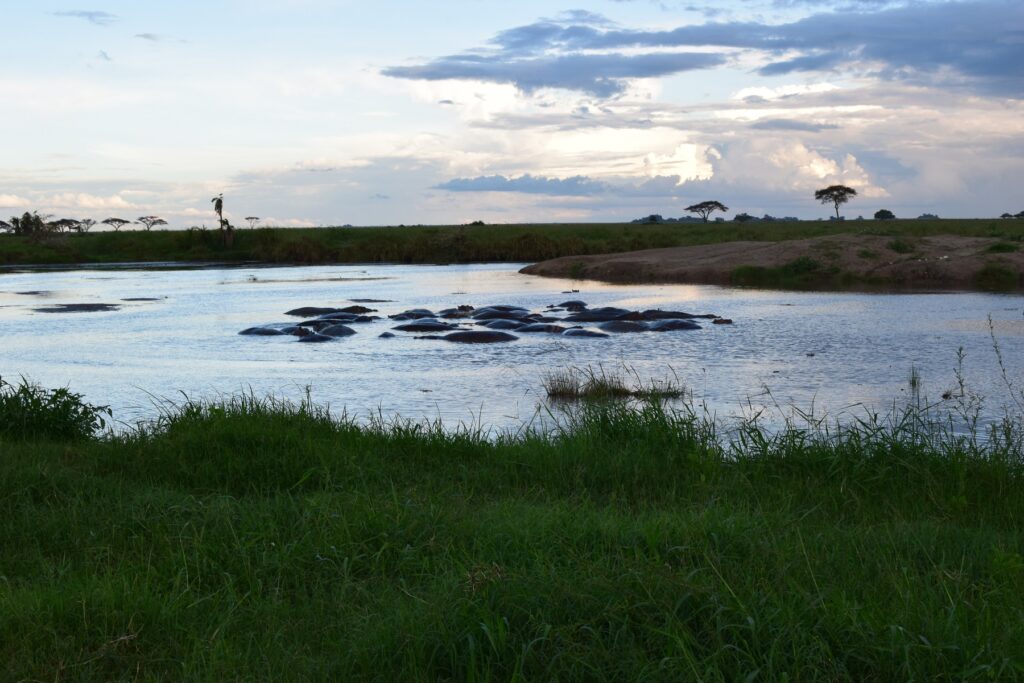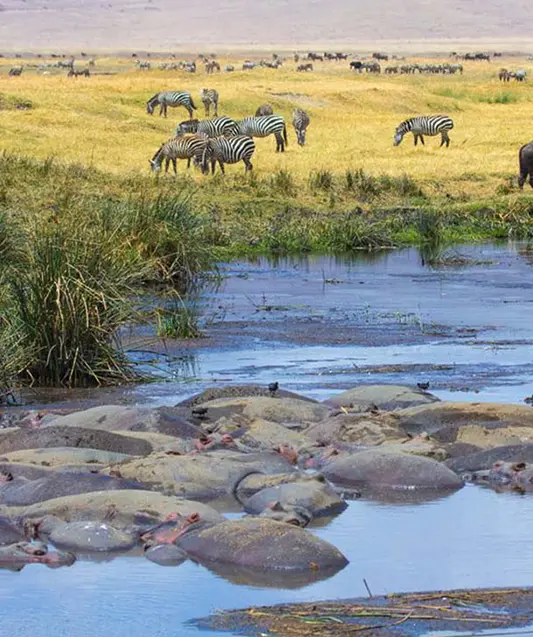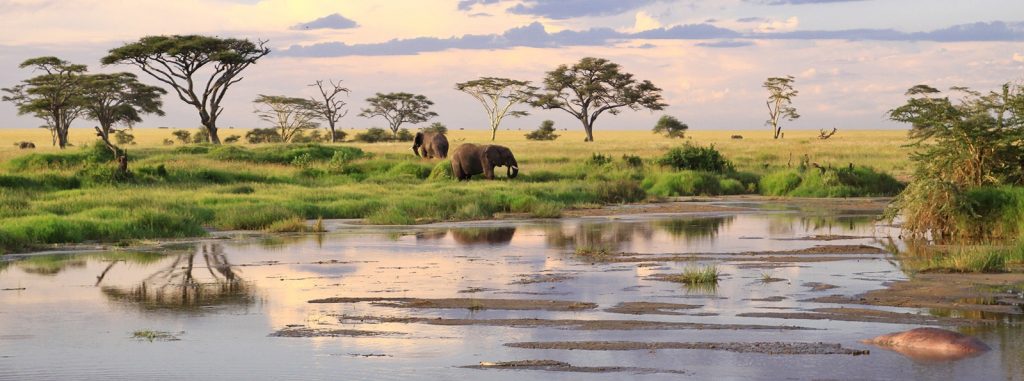Ngorongoro’s Watering Holes: Gathering Spots for Wildlife




Introduction to Ngorongoro Watering Holes
Nestled in the heart of Tanzania, the Ngorongoro Crater is renowned for its breathtaking landscapes and diverse wildlife. Among its many features, the ngorongoro watering holes serve as vital lifelines for the region’s fauna. These watering holes attract a variety of animals, from the majestic Big Five to countless bird species, creating a dynamic and vibrant ecosystem. In this article, we will explore the significance of these watering holes and how they play a crucial role in supporting Ngorongoro’s wildlife.
Is the Ngorongoro Crater One of the Best Places to See the Big Five?
Yes, the Ngorongoro Crater is considered one of the best places to see the Big Five—lions, elephants, buffaloes, leopards, and black rhinos. The crater’s watering holes are key to this experience, as they provide essential water sources that attract these large mammals, especially during the dry season when other sources may dwindle. Visitors can often spot lions lounging in the shade or stalking prey near the watering holes, while elephants and buffaloes gather to drink, creating an incredible spectacle for wildlife enthusiasts.
What is the Ngorongoro Crater Famous For?
The Ngorongoro Crater is famous for its unique geological formation, stunning landscapes, and rich biodiversity. It is one of the largest intact volcanic calderas in the world, formed millions of years ago. The crater is also known for its high concentration of wildlife, making it a prime destination for safari-goers. The presence of the ngorongoro watering holes further enhances its reputation, providing essential resources for the myriad of species that call the crater home.
What Animals Can Be Seen in Ngorongoro?
Ngorongoro is home to an impressive array of animals, including:
- Big Five: Lions, elephants, buffaloes, leopards, and black rhinos.
- Herbivores: Wildebeest, zebras, gazelles, and hippos can frequently be seen around the watering holes.
- Carnivores: Spotted hyenas, cheetahs, and jackals are common, often found scavenging near the remains of prey.
- Bird Species: Over 500 bird species inhabit the crater, including flamingos, ostriches, and various raptors, making it a birdwatcher’s paradise.
How Did Animals Get into the Ngorongoro Crater?
The Ngorongoro Crater was formed millions of years ago when a massive volcano erupted and collapsed, creating the vast caldera we see today. The animals that inhabit the crater likely migrated from surrounding areas over time. As the crater’s environment evolved, it provided a suitable habitat with ample food and water sources, including the essential ngorongoro watering holes. This migration has allowed diverse species to thrive within the crater’s unique ecosystem, contributing to its status as a UNESCO World Heritage Site.
The Importance of Ngorongoro Watering Holes
The watering holes in Ngorongoro are critical for wildlife survival. During the dry season, when grasslands become parched, these water sources become gathering spots for various species. Animals rely on them for hydration and nourishment, and the increased activity around the watering holes creates an ideal opportunity for predators to hunt. The interactions at these watering holes are a spectacle of nature, showcasing the delicate balance of predator and prey in the wild.
Conclusion
Ngorongoro’s watering holes are more than just sources of water; they are essential gathering spots that support the vibrant wildlife of the crater. With the opportunity to see the Big Five and witness the interactions of various species, these watering holes contribute significantly to the unique ecological tapestry of Ngorongoro. For visitors, experiencing the wildlife drama that unfolds around these watering holes is a highlight of any safari in this remarkable region.

One Comment